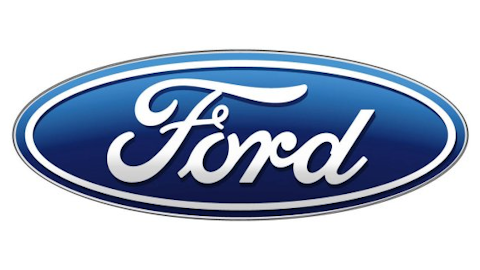
General Motors: A Chinese bet
General Motors Company (NYSE:GM) has certainly regained investors confidence: its stock price has surged more than 56% since June 2012, beating the S&P 500 which only increased 21.5%. If we look at the company’s latest quarter financials, however, it is still having some issues. For the first quarter of 2013, General Motors Company (NYSE:GM) posted almost flat revenue and net income compared to the same quarter last year, totaling $36.9 billion and $0.9 billion respectively.
Another negative aspect is that the company continues to be heavily exposed to the US market. In the first quarter of 2013, the North American division accounted for more than 62% of the company’s total revenue. To hedge against this, management has announced that it will expand further in Asia and is building a $1.3 billion plant in Shanghai. The new plant will be focused on the company’s major luxury brand: the Cadillac. This is a risky move amid declining sales in China for other peers, especially in the luxury market. The company has 18% of the US automotive market share for 2013, compared to Ford Motor Company (NYSE:F)‘s 16.4% and Toyota Motor Corporation (ADR) (NYSE:TM)‘s 14.2%. We will have to wait and see if General Motors Company (NYSE:GM) can take advantage of this superior market share.
Ford: Expecting a strong 2013
Ford Motor Company (NYSE:F) has also been praised by the market as of late, with its stock rising 47.6% since June 2012. The company posted its 15th consecutive quarter of profitability with a 14% year-over-year increase in US sales, reaching a record of $2.4 billion in pre-tax profit for the North American region. The main problem for the company is its European division: its pre-tax results gave a $462 million loss and the company expects a $2 billion loss for 2013 in the region. If the situation in Europe starts to stabilize, Ford Motor Company (NYSE:F) could have a very good upside. The company is trading at a low price-to-earnings ratio of 10.7 times, compared to the industry’s 15 times. It also has a price/earnings-to-growth ratio of 0.6 times which could indicate an undervaluation, especially as cash flow improvement is expected on the coming years. Morningstar estimates the fair value of Ford Motor Company (NYSE:F)‘s stock to be $21, which is above the current trading price of $15.50.
Alan Mulally, president and CEO, stated that management expects 2013 to be “another strong year, as we go further in strengthening our global product lineup and improving the competitiveness of our operations.” This is a good signal for investors as the company’s 2013 guidance remains unchanged. The company’s total pre-tax profit is about equal to 2012, its operating margin is about equal to or lower than 2012, and its automotive operating-related cash flow is higher than 2012.
Toyota: Waking from the nightmare
Toyota Motor Corporation (ADR) (NYSE:TM) is not the exception to the rule in this analysis: its stock price has improved almost 60% since June 2012. Then in 2013, the company increased sales in every region as compared to 2012. Moreover, it increased its net revenue by 18.7% to 22.064 billion yen and net income for an outstanding 239.3% for a total of 962 billion yen. The company has certainly recovered from Japan’s earthquake that caused a $1.3 billion blow and allegations of faulty vehicle parts that resulted in recall costs of over $3 billion. It currently holds 14.2% of the US automobile market share and for 2014, management guidance expects vehicle sales to increase in every region, bumping up these numbers. Net revenue is expected to rise as well, reaching 1.435 billion yen, along with net income that will reach 410 billion yen.
Toyota Motor Corporation (ADR) (NYSE:TM) is trading with a higher price-to-earnings ratio at 23 times, compared to the industry average of 15 times. Its price/earnings-to-growth ratio is 0.3 times. Its price-to-book ratio is in line with the industry average at 1.8 times, as well as its dividend yield at 1.1%. Given these fundamentals, the company’s stock is properly valued and investors should wait for a drop to acquire this Japanese company’s shares.
Bottom line
General Motors Company (NYSE:GM)‘ revenue is still very dependant on the North American division, with a total of 62% coming from North America. Despite the company’s efforts to expand in Asia, the numbers indicate a higher investment risk than with Ford Motor Company (NYSE:F) or Toyota Motor Corporation (ADR) (NYSE:TM). When it comes to stock growth, Ford is the safest bet, but you should keep an eye on the European market recovery just in case. Toyota investors should wait for a price drop to correct its value.
The article A Performance Review of the US Auto Industry originally appeared on Fool.com and is written by Vanina Egea.
Vanina Egea has no position in any stocks mentioned. The Motley Fool recommends Ford and General Motors. The Motley Fool owns shares of Ford. Vanina is a member of The Motley Fool Blog Network — entries represent the personal opinion of the blogger and are not formally edited.
Copyright © 1995 – 2013 The Motley Fool, LLC. All rights reserved. The Motley Fool has a disclosure policy.




